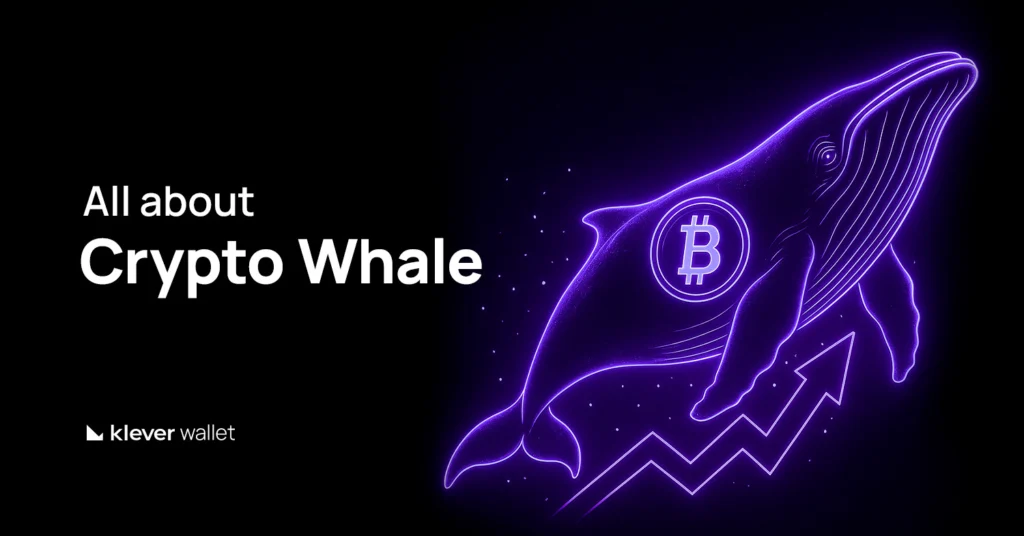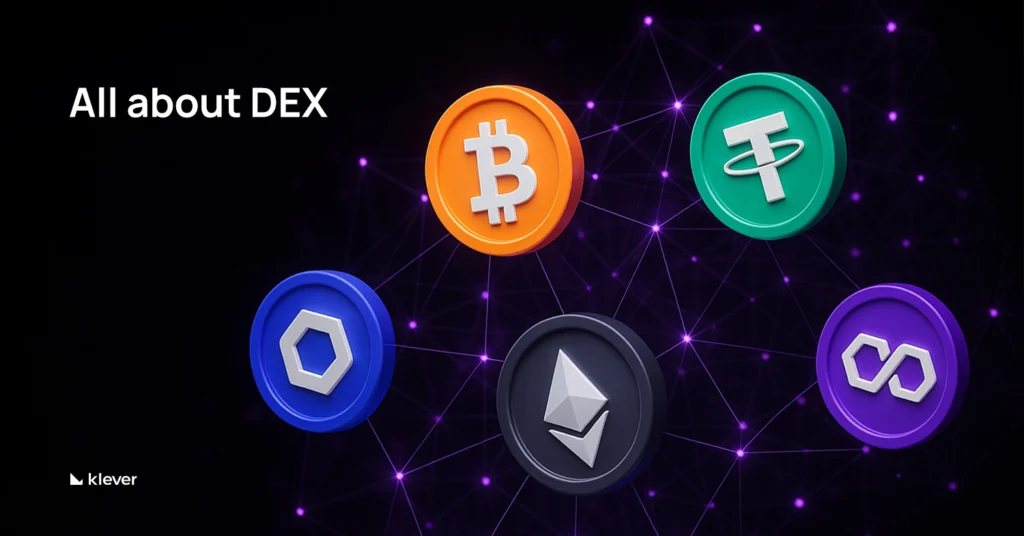
Imagine if you could use cryptocurrency like cash—spend it, send it, and save it without worrying about wild price swings. That’s exactly what stablecoins do. Pegged to real-world assets like the dollar, they offer the flexibility of crypto with the reliability of traditional money. With a market cap now over $200 billion, they’re transforming finance, but their rapid rise also raises questions about regulation and security.
Let´s explore more!
Introduction to Stablecoins
A Stablecoin is a type of cryptocurrency designed to have a stable value by being tied to a more stable asset like a government currency (U.S. dollar, euro), a commodity (gold, silver), or other financial assets. Unlike Bitcoin or Ethereum, which can experience rapid price fluctuations, stablecoins function as digital money, making payments and transfers easier, especially in the decentralized finance (DeFi) sector. Their stability makes them useful for DeFi, international transfers, and protection against market volatility.
By maintaining a stable value, stablecoins enable smoother transactions, international payments, and trading without significant price swings. They also provide an alternative to traditional currencies managed by central banks.
As of February 2025, the stablecoin market has witnessed substantial growth, with a market capitalization surpassing $200 billion. This expansion reflects increasing adoption by individuals, businesses, and financial institutions seeking the advantages of digital currencies without exposure to extreme volatility. However, this rapid growth also brings forth discussions regarding regulatory oversight, security, and the potential impact on traditional financial systems.
Types of Stablecoins

Stablecoins can be categorized based on the mechanisms they use to maintain price stability. The primary types include:
Fiat-backed stablecoins
Fiat-backed stablecoins are digital currencies supported by real money, like the U.S. dollar or euro. For each stablecoin created, an equal amount of fiat currency is kept in a bank or other secure place by a company. This ensures that the stablecoin’s value stays the same as the currency it represents. Popular examples include Tether (USDT) and USD Coin (USDC).
These stablecoins are easy to understand because their value is directly tied to real money. However, companies that issue fiat-backed stablecoins must carefully manage their reserves to ensure stability. They usually hold cash, short-term U.S. Treasury bonds, and other safe assets. Independent firms check these reserves regularly to confirm they match the number of stablecoins in circulation. Strong banking partnerships help these companies process large transactions and keep the stablecoin’s value stable.
Crypto-Backed Stablecoins
Crypto-backed stablecoins are supported by other cryptocurrencies instead of regular money. Because crypto prices go up and down a lot, these stablecoins usually require extra collateral. For example, to create $100 worth of stablecoins, a user might need to deposit $200 worth of cryptocurrency. This extra security helps protect against price changes.
A well-known example is DAI, managed by MakerDAO, a system that uses smart contracts (self-executing digital agreements) to hold and control collateral. Users lock their crypto in these contracts to generate DAI, keeping the system secure even when the market is unstable. This method does not rely on banks but can be complicated for new users.
Crypto-backed stablecoins use automatic systems to protect their value. If the cryptocurrency used as collateral drops too much in price, the system can sell off some of the collateral to cover losses. This keeps the stablecoin properly backed.
Decentralized groups called DAOs (Decentralized Autonomous Organizations) help manage these stablecoins. People who hold governance tokens vote on rules like how much collateral is needed and what happens when prices drop. These systems make crypto-backed stablecoins more independent but also require more careful management.
Algorithmic Stablecoins
Algorithmic stablecoins do not have real money or crypto as backup. Instead, they use computer programs (algorithms) and smart contracts to control their supply and keep their price stable. These systems work like a digital version of how central banks manage money.
If the stablecoin’s price goes above its target, the system creates more coins to bring the price back down. If the price falls below the target, the system removes coins from circulation to raise the price. This method aims to be more decentralized and efficient but comes with high risks.
A famous failure was TerraUSD (UST) in 2022, which lost its value because people lost trust in the system. When confidence disappears, these stablecoins can crash quickly.
How Algorithmic Stablecoins Adjust Supply
These stablecoins change their supply based on demand:
- When demand is high, the system creates new coins to prevent the price from rising too much.
- When demand is low, the system removes coins (burning or locking them) to prevent the price from falling too much.
However, these systems depend on people trusting and following the rules. If the system fails to balance supply and demand, the stablecoin can lose its price stability and collapse.
Benefits of Stablecoins
Stablecoins offer several advantages that contribute to their growing adoption:
- Price Stability: By pegging their value to stable assets, stablecoins provide a predictable medium of exchange, making them suitable for everyday transactions and as a store of value.
- Efficient Transactions: Stablecoins enable fast and low-cost transfers, both domestically and internationally, without the delays and fees associated with traditional banking systems.
- Accessibility: They offer financial services to unbanked or underbanked populations, allowing anyone with internet access to participate in the digital economy.
- Programmability: As digital assets, stablecoins can be integrated into smart contracts, enabling automated and conditional transactions within decentralized applications (dApps).
- Hedging Tool: Traders and investors use stablecoins to hedge against the volatility of other cryptocurrencies, allowing them to exit positions without converting to fiat currencies.
Real-World Use Cases of Stablecoins
Stablecoins are widely used for remittances, particularly in countries facing high inflation or strict capital controls. In Argentina and Venezuela, where local fiat currencies are highly volatile, USDT has become a preferred means of preserving value and conducting cross-border transactions. By leveraging Layer-2 scaling solutions, stablecoins offer near-instant finality with transaction costs significantly lower than SWIFT or traditional remittance services, improving financial accessibility for unbanked populations. Stablecoins enable individuals to bypass restrictive banking regulations and access a more stable store of value.
Stablecoins also play a critical role in the DeFi ecosystem, serving as a fundamental liquidity source for lending, borrowing, and yield farming protocols. Platforms like MakerDAO, Aave, and Curve Finance rely on stablecoins to facilitate decentralized lending markets, ensuring price stability and capital efficiency.
Risks and Challenges of Stablecoins
Despite their benefits, stablecoins present certain risks and challenges:
- Regulatory Uncertainty: The rapid growth of stablecoins has attracted regulatory scrutiny. Authorities are concerned about potential impacts on monetary policy, financial stability, and illicit activities. Inconsistent regulations across jurisdictions can create uncertainty for users and issuers.
- Collateralization Risks: For Fiat-backed stablecoins, the integrity and transparency of reserves are crucial. There have been instances where issuers failed to provide adequate proof of reserves, leading to loss of trust. Crypto-collateralized stablecoins face risks related to the volatility of their backing assets.
- Algorithmic Stability: Algorithmic stablecoins depend on market dynamics and participant behavior. They can be vulnerable to speculative attacks or loss of confidence, potentially leading to de-pegging and collapse, as seen with TerraUSD.
- Security Concerns: As digital assets, stablecoins are susceptible to cybersecurity threats, including hacking and smart contract vulnerabilities. Ensuring robust security measures is essential to protect user funds.
- Market Liquidity: The ability to redeem stablecoins for the underlying asset depends on market liquidity. In times of financial stress, liquidity constraints could hinder redemptions, affecting the stablecoin’s value.
Regulatory Concerns
Governments around the world are paying close attention to stablecoins.
- United States: The Biden administration has called for clear rules to make sure stablecoins are safe for the financial system, prevent illegal activities, and protect consumers.
- European Union: The MiCA regulation sets strict rules for companies that create stablecoins. They must be open about their reserves and follow financial laws.
- China: Instead of allowing private stablecoins, China is focusing on its own digital currency, the digital yuan. This could limit how private stablecoins are used in the country.
Governments want to make sure stablecoins are secure, legal, and transparent, while also protecting their own financial systems.
Liquidity Risks
The collapse of TerraUSD (UST) demonstrated how a “bank run” dynamic can trigger a stablecoin’s failure. As investors lost confidence, mass redemptions overwhelmed the system, causing UST to lose its peg entirely. Similarly, in March 2023, USDC temporarily de-pegged when Circle, its issuer, faced liquidity concerns due to exposure to a failing bank. These events highlight the importance of strong liquidity management strategies and transparent reserve disclosures for maintaining user trust in stablecoins.
Counterparty Risks
Stablecoins like USDT depend on banks to keep their dollar reserves safe and available. If these banks have problems—like government rules changing or the bank going bankrupt—the stablecoin company might not be able to give users their money back right away. This can cause the stablecoin to lose its fixed value (de-pegging).
To avoid this risk, stablecoin companies should keep their money in different banks and use different types of safe assets. This way, if one bank has trouble, they can still operate smoothly.
The Future of Stablecoins
Stablecoins have become an important part of digital transactions, making it easier to move money between traditional banking and blockchain systems. However, their future depends on government rules, new technology, and changes in the market.
Many countries are working on their own Central Bank Digital Currencies (CBDCs), which could either work alongside or replace private stablecoins. Large businesses and financial institutions are also adopting stablecoins, which means companies need to manage their reserves carefully and follow financial laws.
New designs may help improve stability and security, combining different systems to create safer options. The long-term success of stablecoins will depend on trust, strong financial backing, and clear regulations.
The Impact of CBDCs on Stablecoins
Unlike stablecoins made by companies or decentralized systems, CBDCs are fully controlled and backed by national banks. In some places, this could make stablecoins less popular, especially if CBDCs offer fast transactions and low fees with government support.
However, CBDCs may not completely replace stablecoins. Many stablecoins work across different blockchains, offer more privacy, and allow smart contract features that some CBDCs might not have. Whether both will exist together depends on government rules and what users prefer.
Manage Stablecoin in Klever Wallet
At Klever, we know managing crypto can feel complex, but it doesn’t have to be. Klever Wallet gives you a secure, user-friendly way to store, trade and grow your assets across 10,000+ cryptocurrencies and 40+ blockchains, all while keeping full control of your private keys.
Stake your assets, explore dApps and participate in decentralized decisions, all in one place. With top-tier security and an intuitive design, Klever simplifies crypto so you can focus on what matters—growing your portfolio with confidence.
Your assets. Your control. Your future. That’s Klever.
Download Klever Wallet and start managing your stablecoins now!






